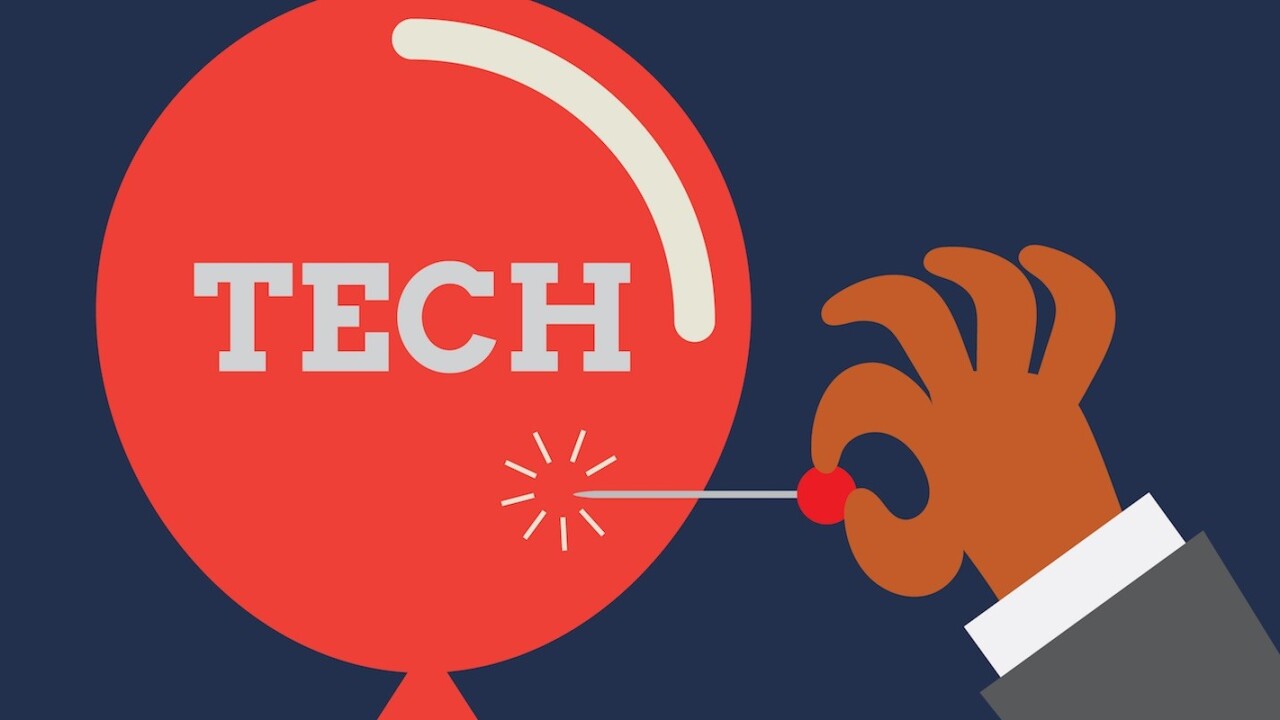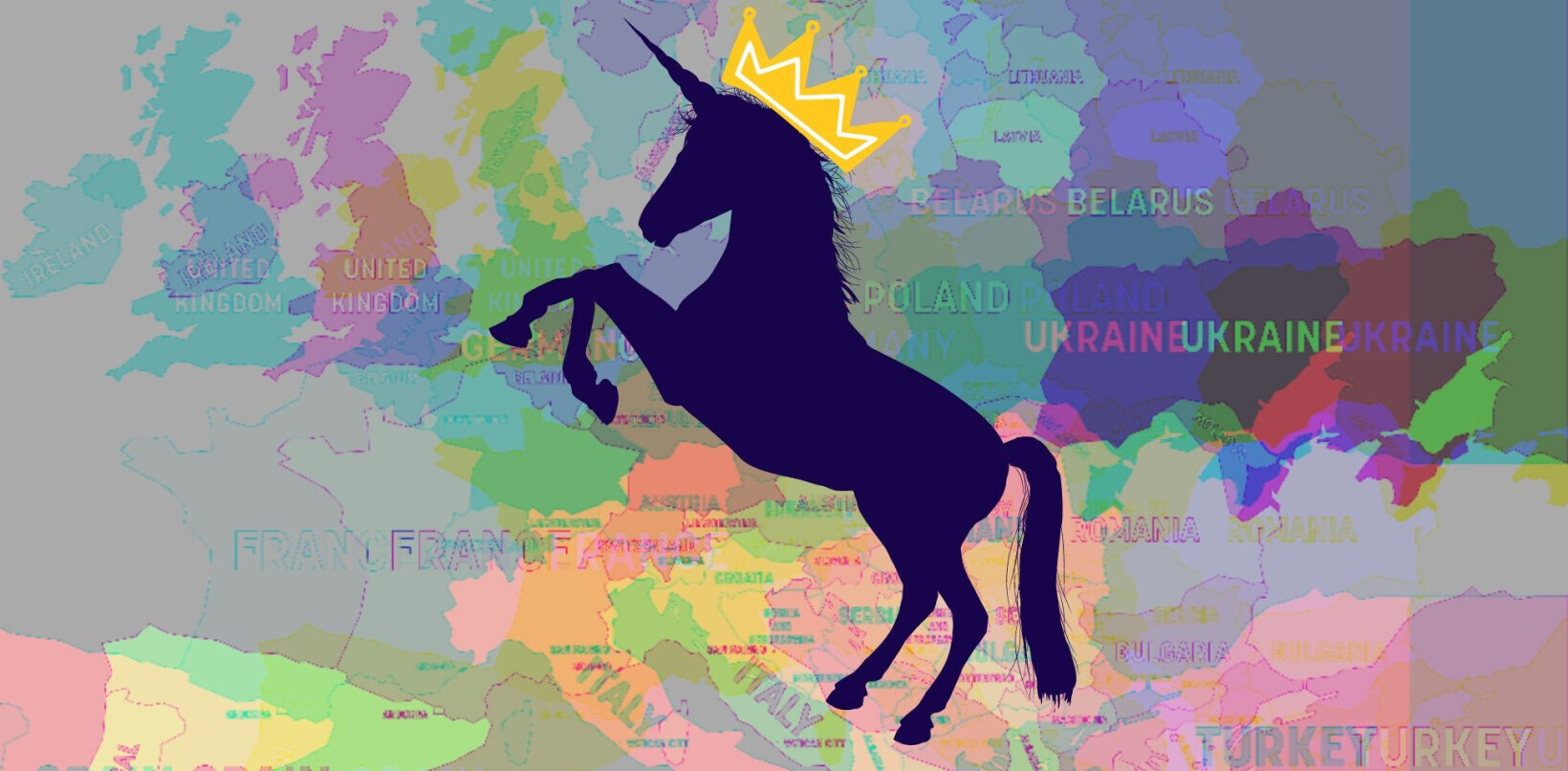
If you are an entrepreneur, investor, or anyone who works in close vicinity to any kind of technology, you can’t really go an entire day without hearing the phrase “bubble” thrown into the air at least once.
Between the fantasy zoo (unicorns, decacorns, dragons, etc) and the Fidelity quarterly reports that devalued big tech companies like Snapchat and Dropbox between 20-60 percent, we want to try and make the picture a bit simpler for those of you who want to make sure you know what everyone is talking about at the next water cooler break.
Before we explain what exactly is happening in the startup world, let’s ponder for a moment what exactly we mean by a “bubble.”
A “bubble” is a situation where the value of a particular asset (say a startup) or a group of assets (say internet or tech companies) are valued at a price not justified by the supply and demand that exists in the market. As long as this bubble persists, those prices will remain significantly different (higher or lower, though usually higher) from the rest of the market.
Bursting the bubble
Economist Hyman Minsky‘s 1996 “Financial Instability Hypothesis” highlights five points in the life cycle of a financial bubble:
1. Displacement
Investors are bewitched by the spell of new technologies, significant changes in interest rates or a relative change in the types of products in the market. The classic example of the displacement stage is the development of the internet market ahead of the dot-com bubble burst in 2000.
2. Boom
After displacement, asset prices rise slowly, but the increased momentum causes more and more participants to enter the market. During this stage, the assets in question receive significantly more attention in various media. Investors fear they’ll miss the train (hence the term FOMO, fear of missing out), so they hop on and cause more speculation, attracting even more investors into the market.

3. Euphoria
This is the valuation stage, when the assets in question peak and the first indicators that these prices aren’t justified appear. For example, at the height of the dot-com bubble in 2000, the combined value of the NASDAQ composite index companies was higher than the GDP of some countries. This stage is also when theories and metrics begin popping up, trying to justify the inflated value of these assets.
4. Profit taking
Up until this point, the smart money has already read the writing on the wall, sold their assets and collected their profits. This still isn’t the stage when the bubble bursts. That could still be months or even years away. Nevertheless, it only takes a small event to pop the bubble at this point.
The event that triggered the dot-com bubble burst was a small article called Burning Up that was published in the financial weekly Barron’s that listed 207 internet companies that were in dire need of cash.
5. Panic (Panic)
At this point, asset prices fall as fast as they rose and sometimes plummet even faster. This is the point when speculators try to cash in on their holdings at any price, causing a massive disparity between supply and demand and further driving down asset prices.
In 2000, the NASDAQ (which at the time was mainly tech and internet companies) lost close to 40% of its value, another 21% in 2001 and a further 31.5 percent in 2002.

The 2015 startup bubble
1. 2015 displacement
There have been so many changes in the market, it would be difficult to pinpoint a specific moment of displacement. But there are two seminal events from investors’ perspective.
A. The inception of the cloud: Developments in technology gave birth to the term cloud, but mainly validated the internet as an affordable solution for storage and operations that otherwise would have required immense capital to set up, get up, and run in an efficient way in the past.
B. The rise of private markets: Fidelity made its first investment in Facebook in 2011. This move marked a change in market mentality, where large financial institutions started seeking high-growth assets in places other than real estate or the stock market. While making investments in private companies is something that was a part of the day-to-day business for hedge funds and private equity funds in the past, we can pinpoint this moment in time as a turning point that created a displacement in the minds of many other investors who started viewing the late-stage private tech market as a high-growth investment opportunity.
2. 2015 boom and gloom
Since 2011, we’ve seen a significant rise in the value of tech and internet companies. In 2013, it was Aileen Lee, a VC partner that coin phrased the term “unicorn” in an post published on TechCrunch as a moniker for companies valued at a cool $1 billion or more. At the time the article was written, Lee counted only 39 companies that met the criteria to be labeled a unicorn. Now, CB Insights counts 143 that do.

3. The euphoria
In April, the NASDAQ passed its previous high point at the height of the dot-com bubble. On July 20, the index reached a new peak at 5218.85.
In the last year, we’ve started hearing the word “bubble” a lot more, particularly when it comes to investment activity in the private markets where assessing the value of companies is far more difficult.
Morgan Bender, Benedict Evans, and Scott Kupor, partners at Andreessen Horowitz, recently published a presentation analyzing the current situation in the market, comparing it to the 2000 bubble and explaining why the situation is different this time around.
Miguel Helft, the senior technology correspondent at Forbes in San Francisco, lists several reasons there is no bubble and why this is merely the beginning of the “Era of the Unicorn.”
4. Profit taking
The first signs of fragility are evident in the recent quarterly reports from Fidelity and Blackstone, two funds that have invested major fortunes into private companies over the last five years and are considered the first movers who started the current private companies investment trend.
According to these reports, a large number of revised estimates revealed a decline of 20-60 percent in value of large private companies like Dropbox, Snapchat, and others. While the public is now seeing private companies devalued for the first time in history (obviously, this isn’t the first time it happens, but previously only investors knew about these things), some major signs of cash outs have emerged with Marc Andreessen (the founding partner of the Andreessen-Horowitz which recently declared there was no bubble) in a hurry to sell off shares in technology companies.

5. Panic
According to Minsky’s model, the startup bubble of 2015 still hasn’t reached a point of panic and hysteria, but if we read the signs correctly, we’re not far from it.
How exactly will all this unfold? As stated in the original model, the time between the profiteering stage and point of panic is not well-defined. It could be that these quarterly reports themselves will trigger the pop, or that they are the prelude to something else.
But whether you like it or not, the panic is probably not too far away.
Photo Credit: Bubble, Trader, Panic, Unicorn / Shutterstock
This post first appeared on Geektime.
Get the TNW newsletter
Get the most important tech news in your inbox each week.




